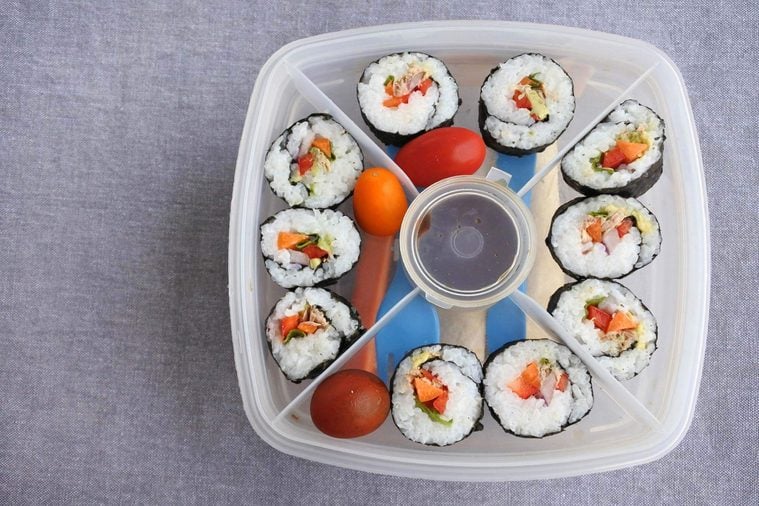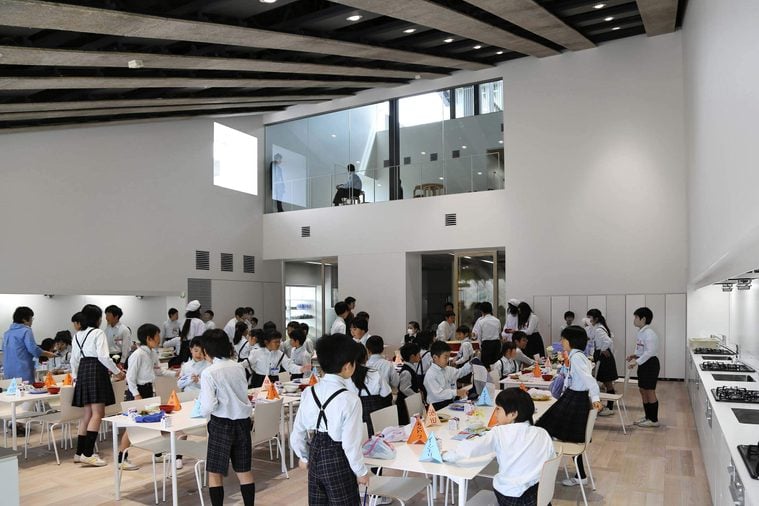Why Japanese School Lunches Are the Best in the World
Updated: Oct. 10, 2017
These meals are fresh, healthy, and made from scratch!
 When Americans think of the lunch menu at their childhood school cafeterias, they probably imagine a shapeless, tasteless pile of mystery meat—plus some brown mush, to match. But for children in Japan, school lunches are a rich experience where culture, nutrition, and sustainability collide.
When Americans think of the lunch menu at their childhood school cafeterias, they probably imagine a shapeless, tasteless pile of mystery meat—plus some brown mush, to match. But for children in Japan, school lunches are a rich experience where culture, nutrition, and sustainability collide.
“Japan’s standpoint is that school lunches are a part of education, not a break from it,” Masahiro Oji, a government director of school health education in Japan, told the Washington Post.
Fare offered at schools in Japan is affordable, fresh, and made by the students themselves. And Japanese children don’t just eat the food they prepare; they learn about the nutritional and cultural elements of their meals, too. The food is grown locally and includes a balanced menu of rice, vegetables, fish, and soups. As a bonus, each meal costs just $2.50.
“Parents hear their kids talking about what they had for lunch,” Tatsuji Shino, the principal at Umejima Elementary School in Tokyo, told the Washington Post, “and kids ask them to re-create the meals at home.”
Japanese students also learn cooperation and etiquette skills as they serve and clean up after each other. Learn more about why Japanese children are the healthiest in the world.
 Considering the fact that Japan has one of the world’s lowest childhood obesity rates, the U.S. probably has a lot to learn from this country’s school lunches. A 2011 study found that American students who regularly ate the school lunch—where options include pizza, chicken tenders, and French fries—were 29 percent more likely to be obese than those who brought lunch from home.
Considering the fact that Japan has one of the world’s lowest childhood obesity rates, the U.S. probably has a lot to learn from this country’s school lunches. A 2011 study found that American students who regularly ate the school lunch—where options include pizza, chicken tenders, and French fries—were 29 percent more likely to be obese than those who brought lunch from home.
For American parents who want to be a little more like the Japanese, try sending your child to school with these unique school lunches for kids who hate sandwiches.
[Sources: Washington Post, ATTN]